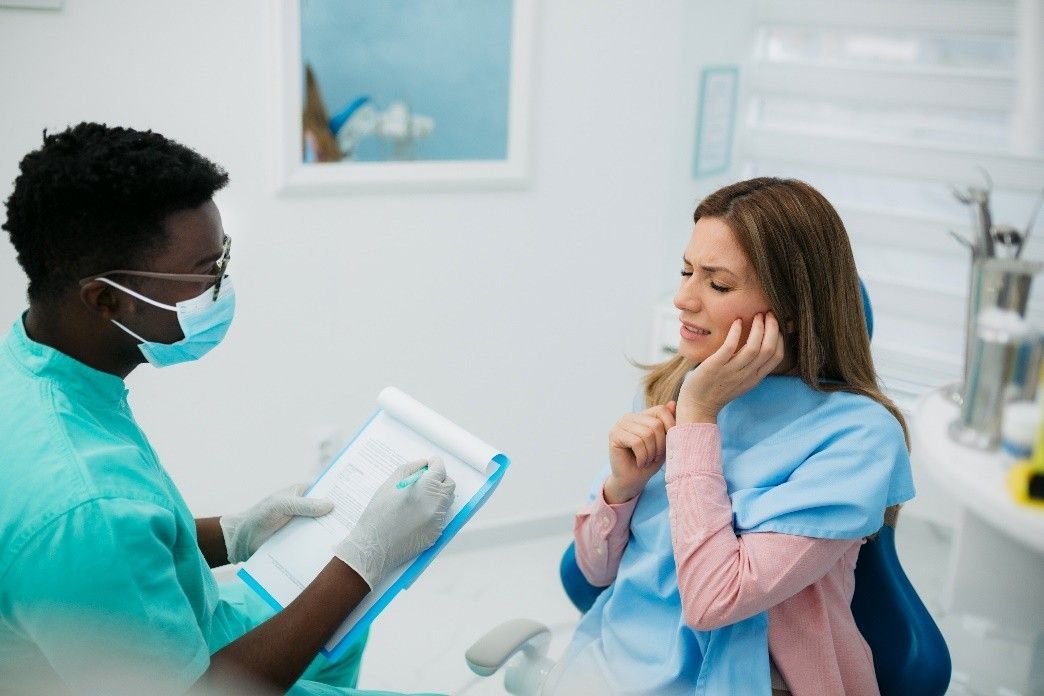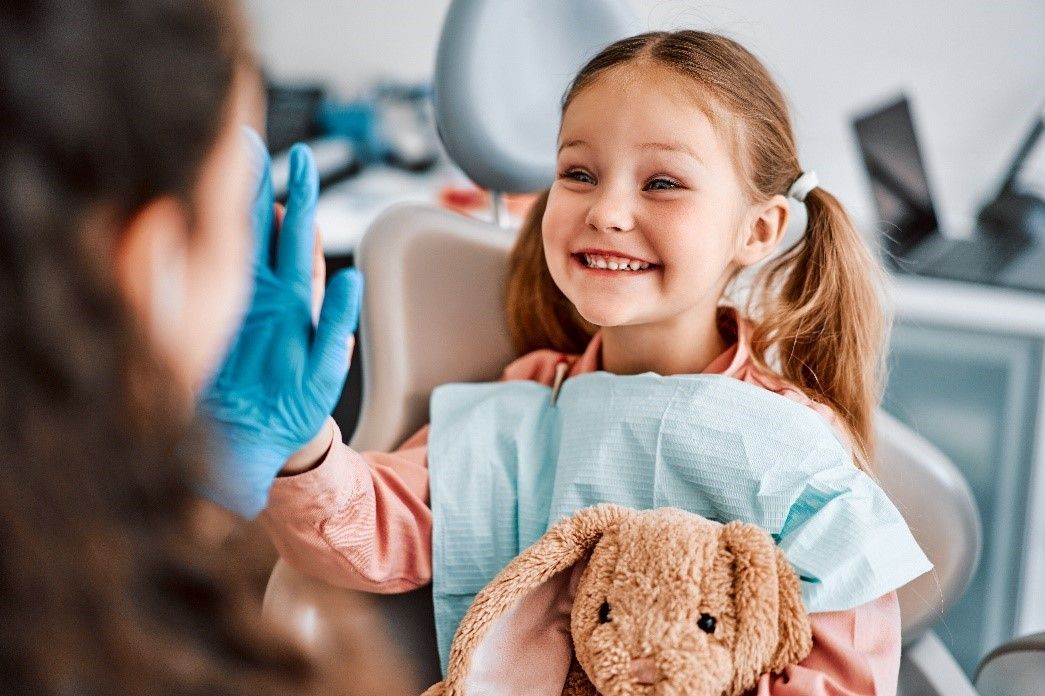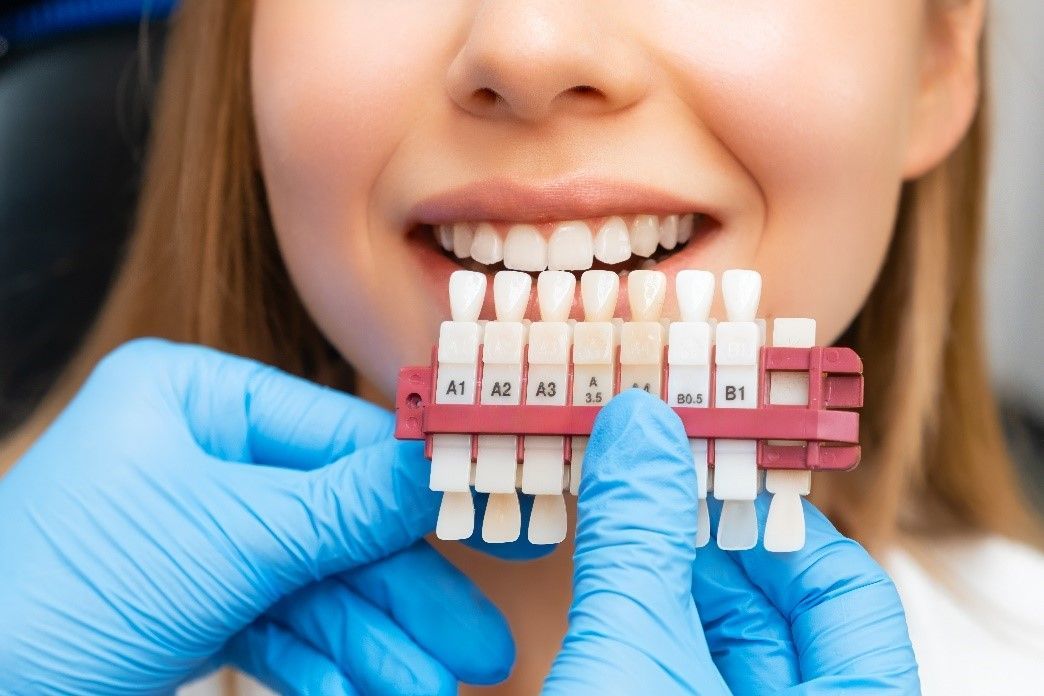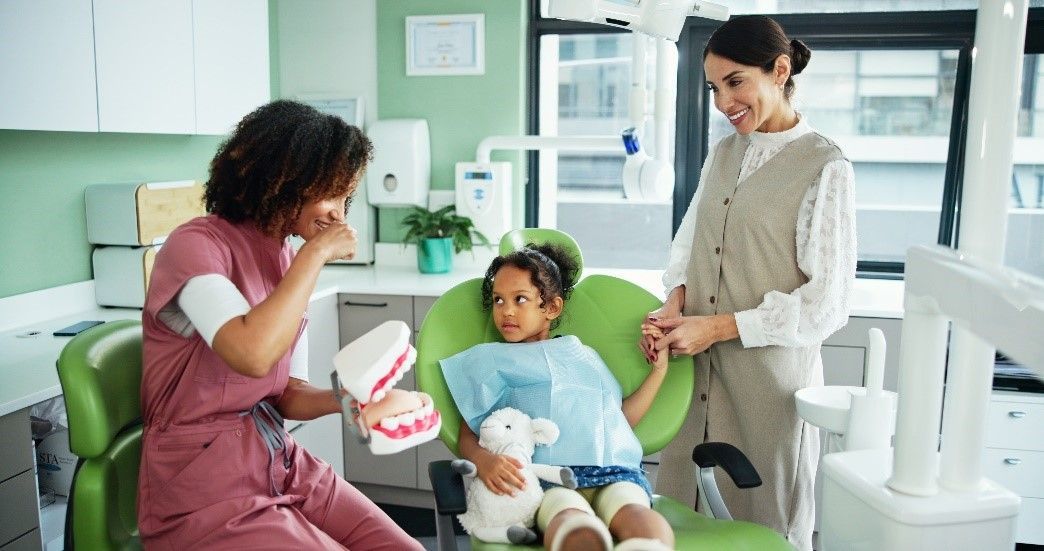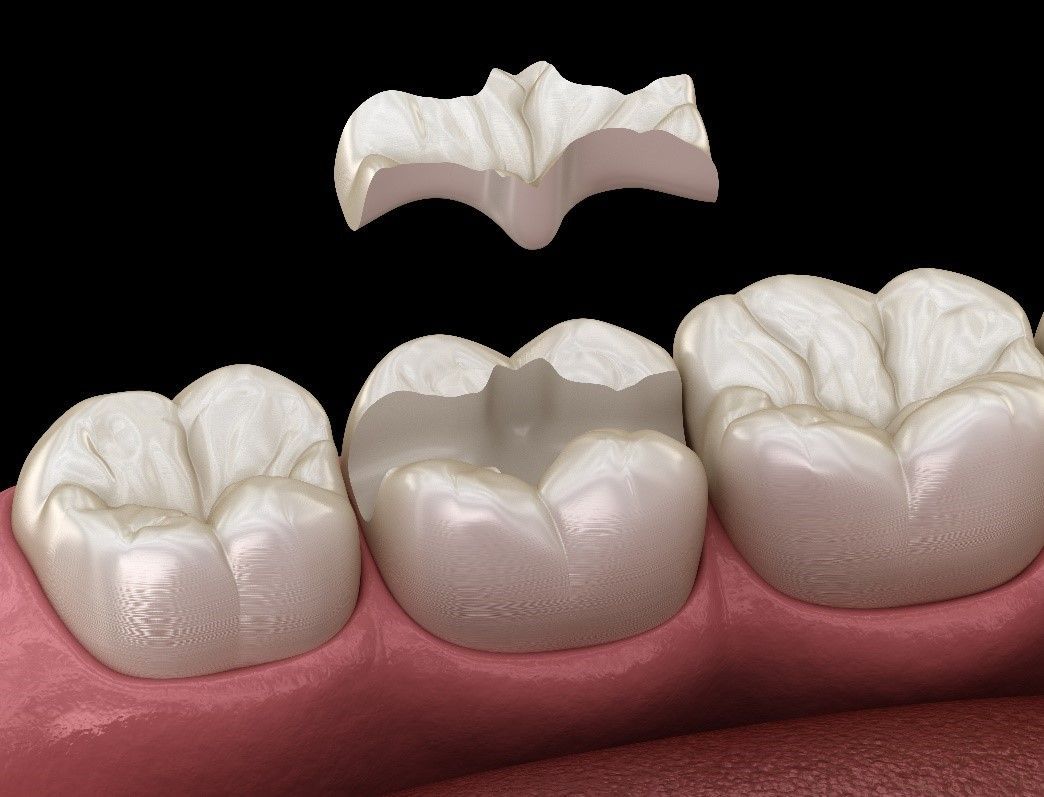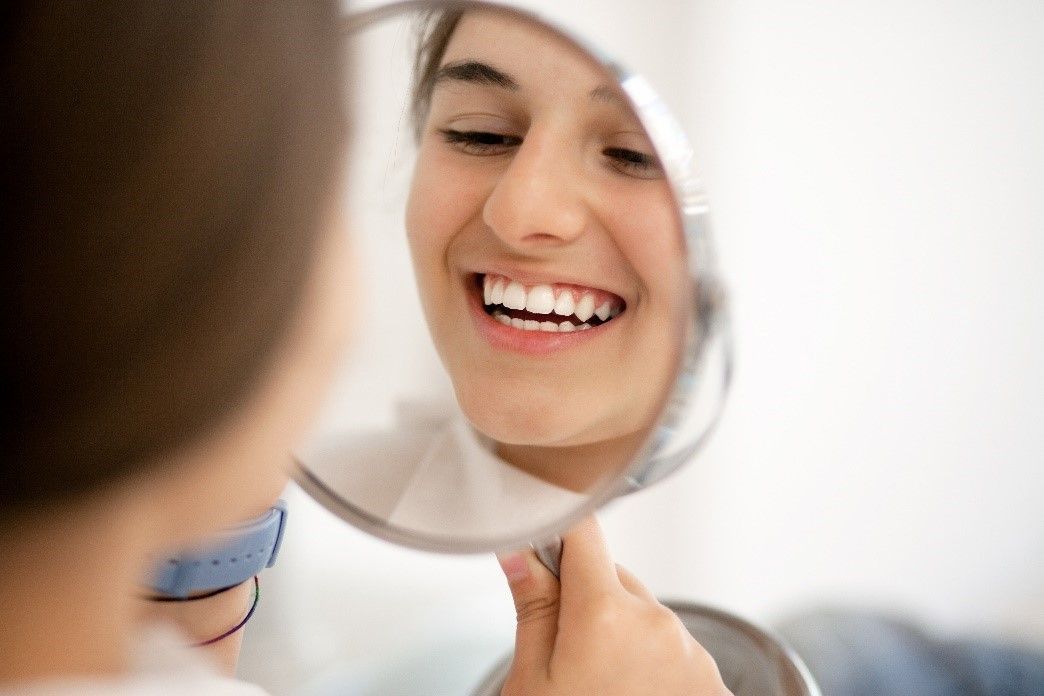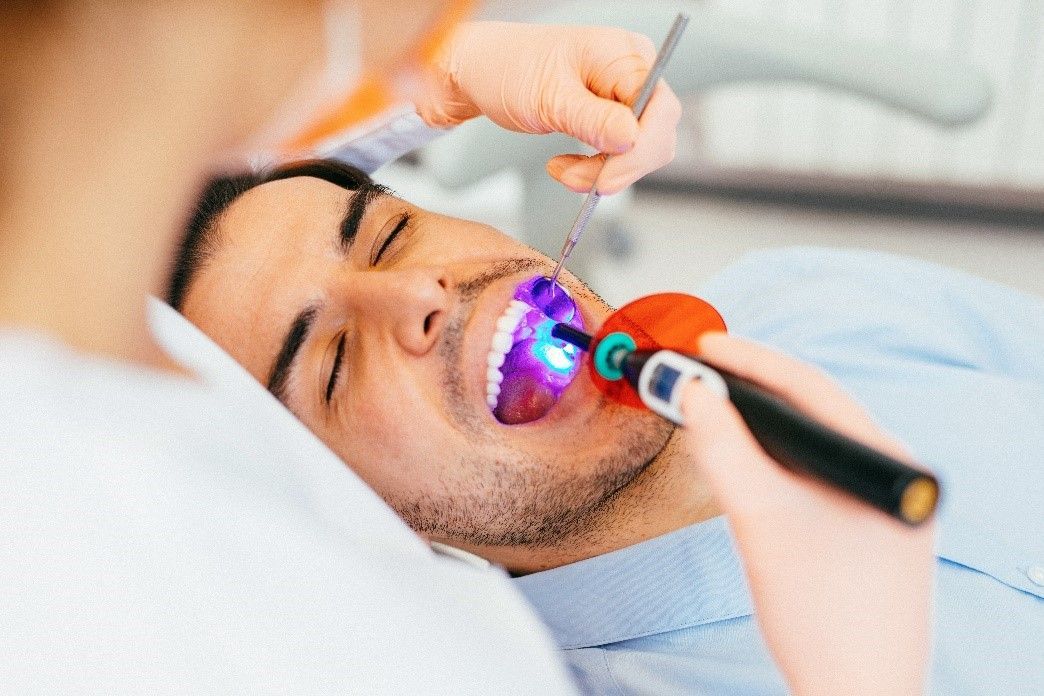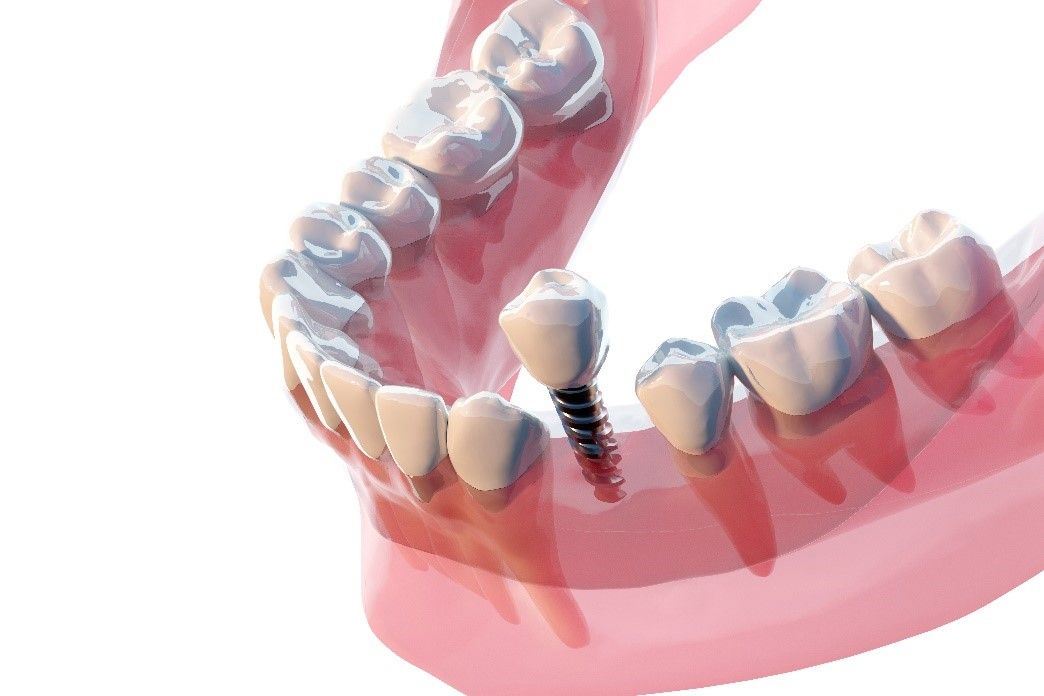Invisalign or Braces: Which Is Best for Teens?
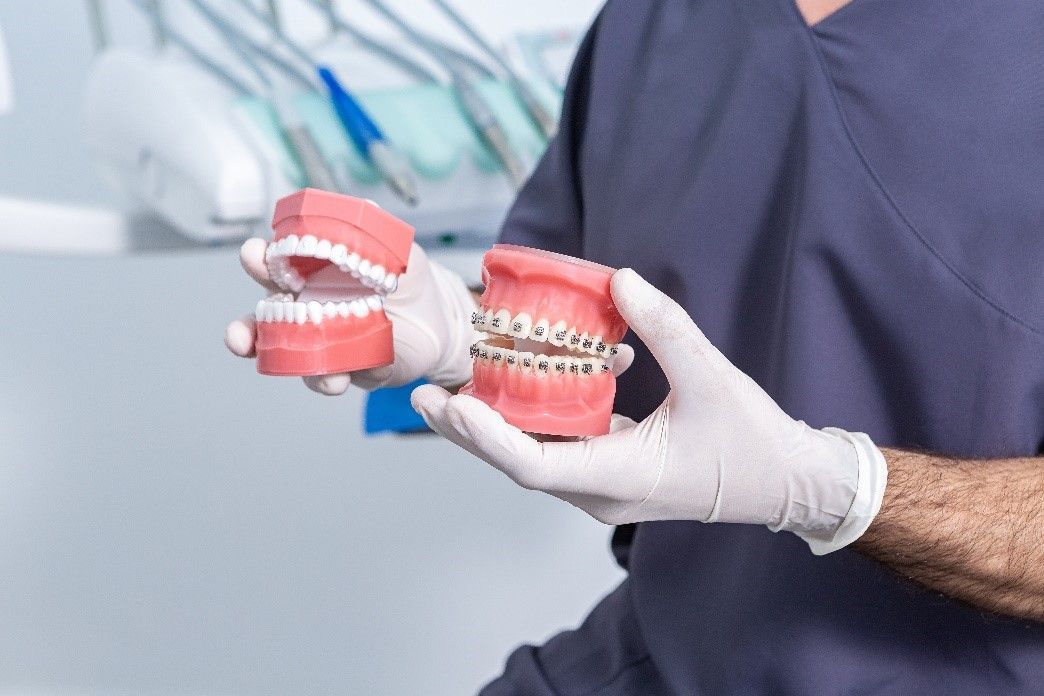
When it comes to straightening teeth, today's teens have more options than ever before. Traditional metal braces used to be the only choice, but now Invisalign, clear, removable aligners, offer a more modern alternative. If you're a parent or a teen trying to decide between the two, it's crucial to understand how each option works and what makes them unique.
Invisalign: A Discreet Alternative
Invisalign aligners are custom-made from transparent plastic and fit snugly over the teeth. Teens typically wear them for 20 to 22 hours daily, only removing them to drink, eat, brush, and floss. Invisalign is a popular orthodontic solution for teens who want a discreet way to straighten their teeth.
The biggest advantage of Invisalign is its appearance. Most people won't even notice you're wearing them. They're also easier to clean and don't come with food restrictions. Invisalign can be more comfortable and convenient for active teens, especially those involved in sports or music.
That said, Invisalign requires discipline. If a teen forgets to wear the aligners regularly, treatment can be delayed. Invisalign might not be the best choice for more complex cases that involve major tooth or jaw adjustments.
Traditional Braces: Tried and True
Metal braces have been around for decades, and good reason. They effectively treat orthodontic issues, including severe crookedness, overbites, underbites, and tooth gaps. Braces consist of metal brackets glued to the teeth and secured by wires, which an orthodontist adjusts regularly to move teeth into the right position.
One key benefit of braces is that they work 24/7. Since they're fixed in place, there's no need to worry about forgetting to wear them. They're also often more affordable than Invisalign, making them a practical choice for people on a budget.
However, they do come with some drawbacks. Braces are more noticeable and can make teens self-conscious. Braces may also cause mild discomfort and irritation inside the mouth, especially after adjustments. Additionally, they come with dietary limitations that teens must avoid, such as sticky, chewy, or hard foods that could break or loosen brackets and wires.
Which One Is Right for Your Teen?
Whether Invisalign or braces is right for your teen depends on their unique smile goals, lifestyle preferences, and treatment commitment. Braces are typically better for complex cases, while Invisalign may be ideal for less severe misalignment.
Ultimately, the right choice is best made with the guidance of a trusted dental professional. At Blue Ash Dental Group, our experienced team in Cincinnati can help assess your smile and recommend the most effective treatment plan. Visit us now!
